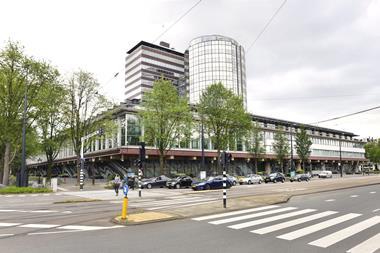Dutch pension funds should be able to reduce pensions based on the age of members rather than applying an equal percentage-based cut across all participants, two economists have argued.
A number of underfunded Dutch pension funds could be forced to cut pension rights in the coming years, but Theo Nijman, professor for pensions and risk management at GAK Institute, and Lans Bovenberg, economist at Tilburg University, contended that age-dependent cuts would prevent “good luck and bad luck generations”.
According to Nijman and Bovenberg – who are affilated with pensions think-tank Netspar – it would be fairer if rights discounts would be linked to expected pension income, or the time of additional work required to earn the same income.
The large Dutch metal and engineering sector schemes PMT and PME are facing the prospect of rights cuts next year if their funding is still short of the required minimum of 104.3% at the end of 2019.
Since the financial crisis, dozens of Dutch pension funds had to lower pension rights and benefits based on a percentage for all participants and pensioners.
In an opinion piece for ESB, a Dutch publishing platform for economists, Nijman and Bovenberg also looked at the differences between the new pensions contract favoured by the social partners – a collectively accrued target pension – and individually accrued pensions with some risk-sharing, as currently being debated by the government.
According to Nijman, the contracts were not very different, “as both variants were heading in the direction of a more individualised pension with the characteristics of personal assets, personal contribution and personal say”.
The authors said that defining things in terms of assets would make the pensions system easier to explain, because benefits were an uncertain factor.
“Clear-cut individual pension rights would avoid conflicts of interest,” Nijman said. “Young participants can see that their contributions are being invested, whereas it would be clear to older participants that the level of benefits depended on investment results.”
He added that, in both pension contracts, the risk-sharing component of the contribution would be limited in order to prevent large parts being redistributed.
Nijman and Bovenberg highlighted that an individual pensions system did not mean a personal say about the individual pension assets and paid-in premiums.
“Pension funds could keep on sharing risks, continue investing in collective investment funds and keep on distributing their benefits through collective rules,” they said.












No comments yet